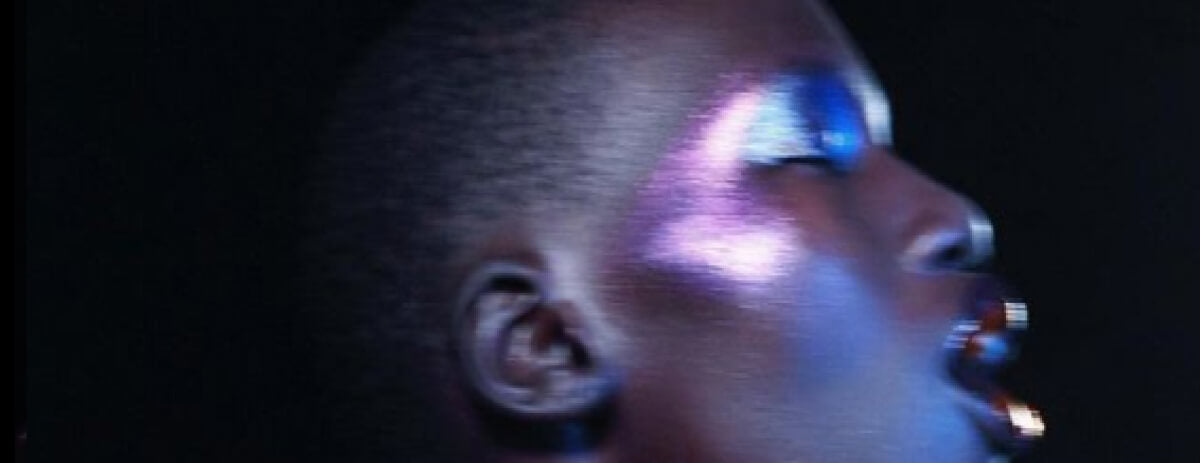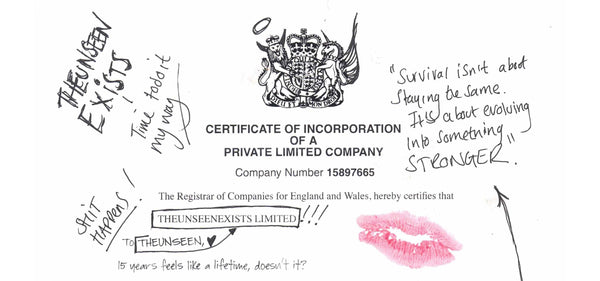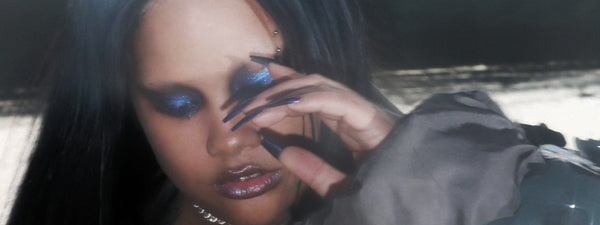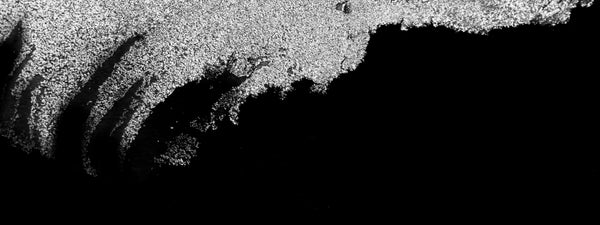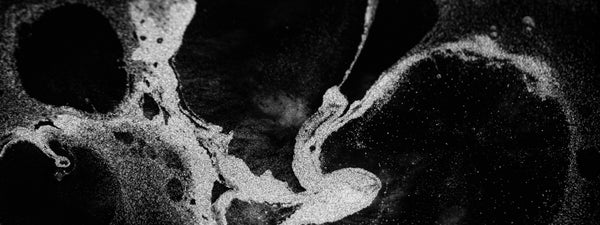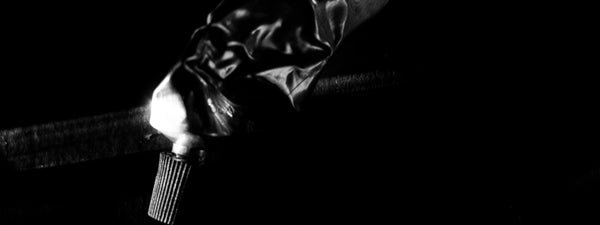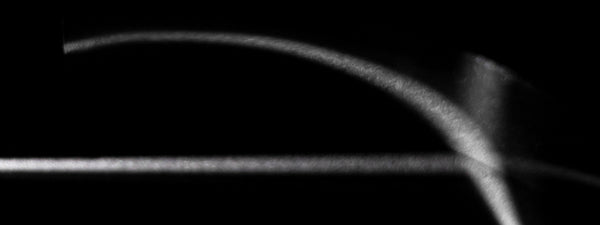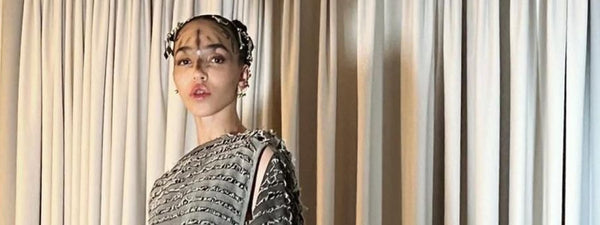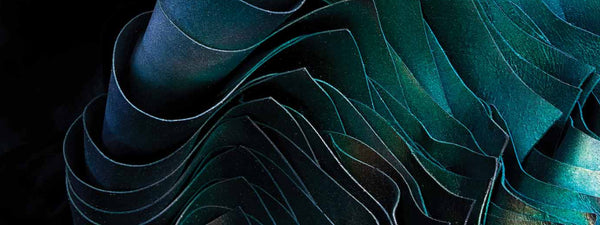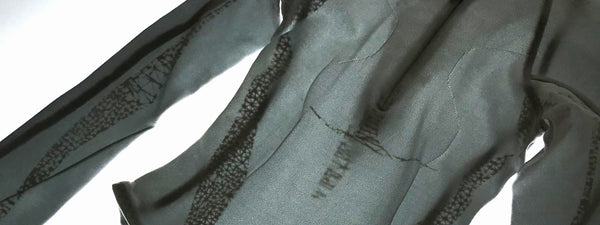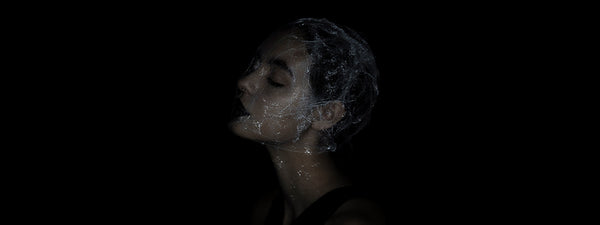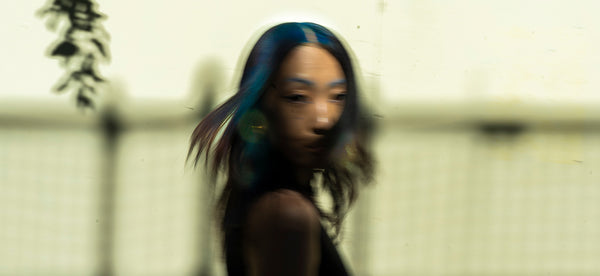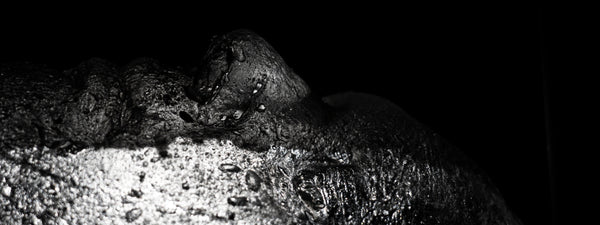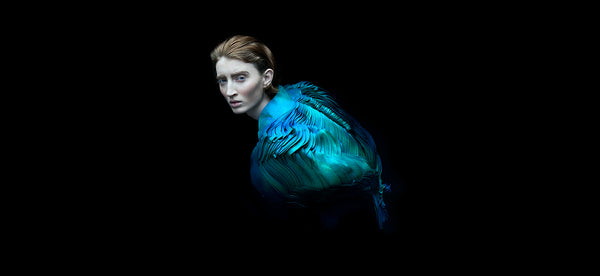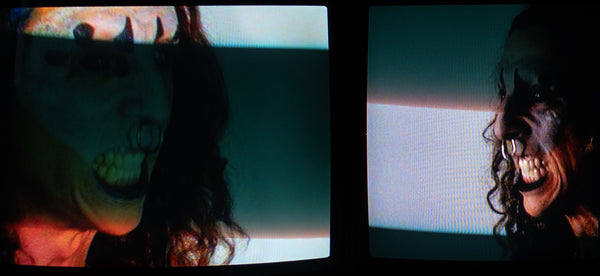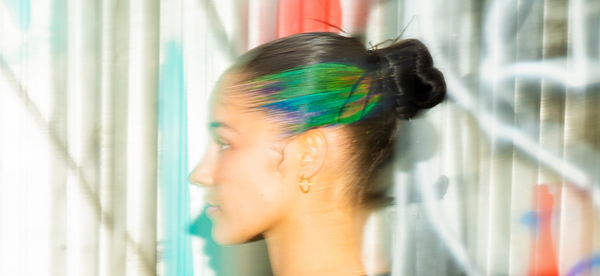Makeup constantly cycles through trends; they are forever in motion which leads to the feeling that the goalposts that define mainstream beauty standards are constantly shifting. Not only can this lead to feelings of inadequacy but it can lead to us stifling our own intuition about what we like. But what if we refused to subscribe to conventional beauty standards and expectations? Could we free our true creativity and desire to experiment with what makes us feel truly alive?
Breaking it down to the rudimentary tools of creativity, primary colours are the building blocks of the whole spectrum of other colours. In nature, colours are used to attract, communicate and hide—so why should we be exempt from exploring colour psychology in how we communicate and express ourselves by using primary colours as a foundation?

To THE UNSEEN Beauty, a beauty utopia is a place where everyone can feel confident and beautiful in their own skin; it’s a world where there are no beauty standards or expectations, and everyone is free to express themselves however they choose. Ultimately, a beauty utopia is a place where people can feel happy and comfortable being themselves, without fear of being judged or rejected. If that sounds like a world you want to be a part of, let us introduce you to the next generation of our dual-reality SPECTRA Eye Colour.
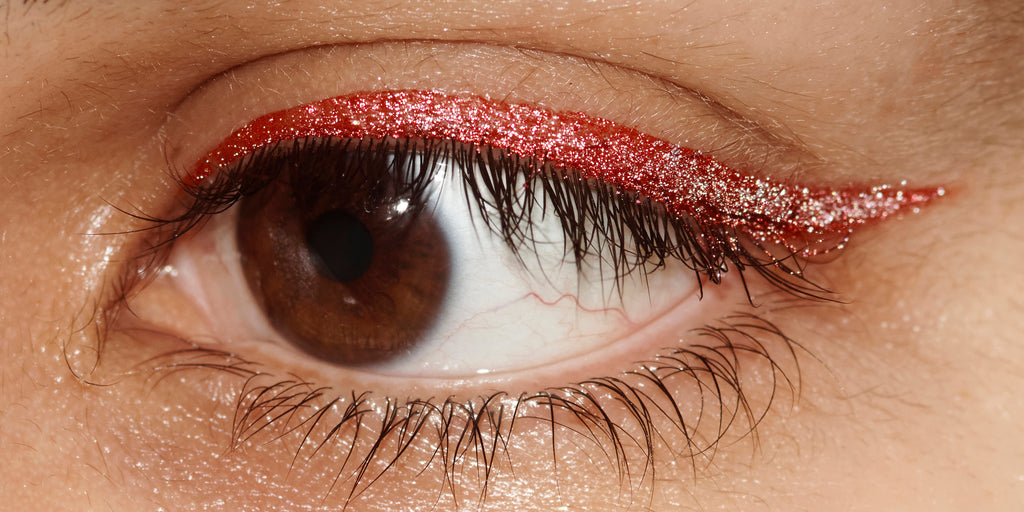
SPECTRA UTOPIA is a collection of primary shades: Cobalt 4.52 ∆ is a rich blue, Wulfenite 1.11 ∆ is a scarlet red and Beudantite 8.84∆ is an olive yellow, all of which reflect silver under a camera flash. The innovative formula is made of cosmetically-approved retroreflective beads that give the product its unique effect. The primary eye colour allows you to create a multitude of looks for ultimate creative freedom.

For inspiration, we looked to neoplasticism artists such as Mondrian, who based his art on the idea of reducing the world to its basic elements of line and colour. He believed that by simplifying the visual representation of the world, he could reveal its underlying spiritual essence. Part of the De Stijl (Dutch for ‘The Style’) circle of artists, his work celebrates simplicity and purity in colour and form, shunning symmetry in favour of geometric compositions. We also took inspiration from the Bauhaus philosophy that there are no borders between artist and designer.
Taking a leaf out of Mondrian’s book and a Bauhaus attitude, we’re all able to define our own standards of beauty when we reject the notion of perfection and allow ourselves to intuitively create.
